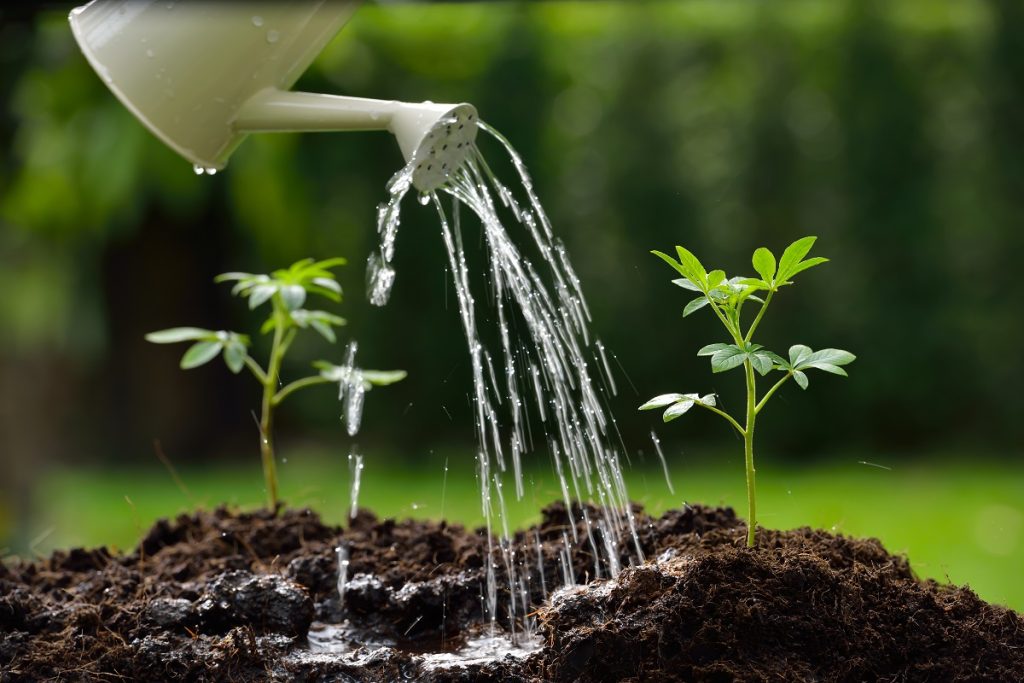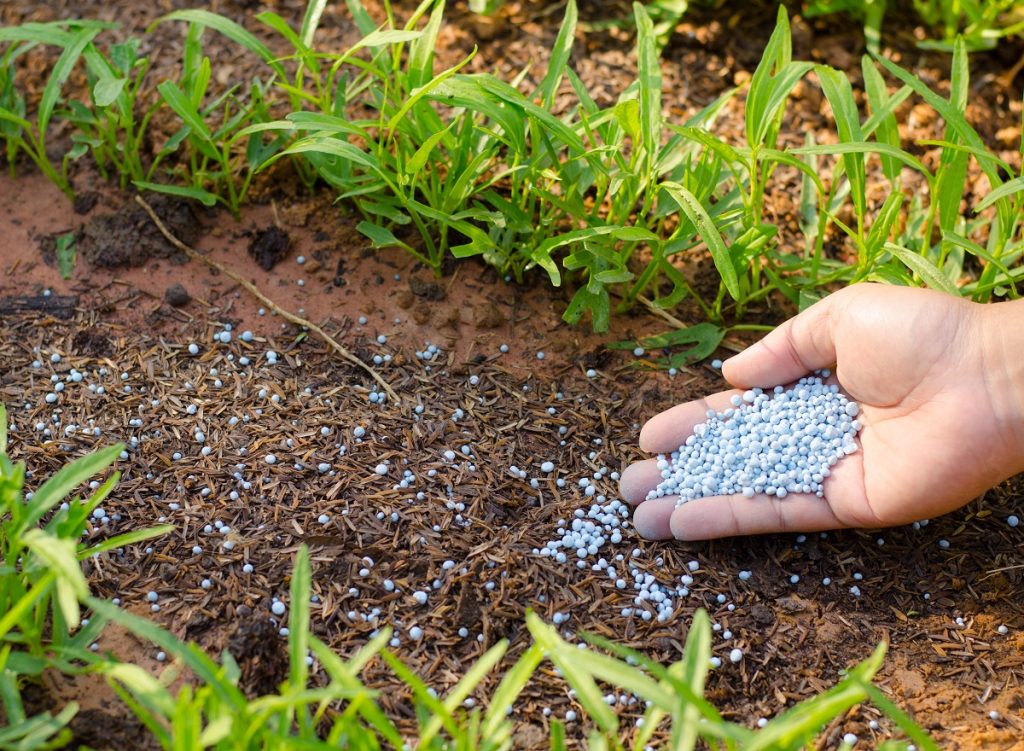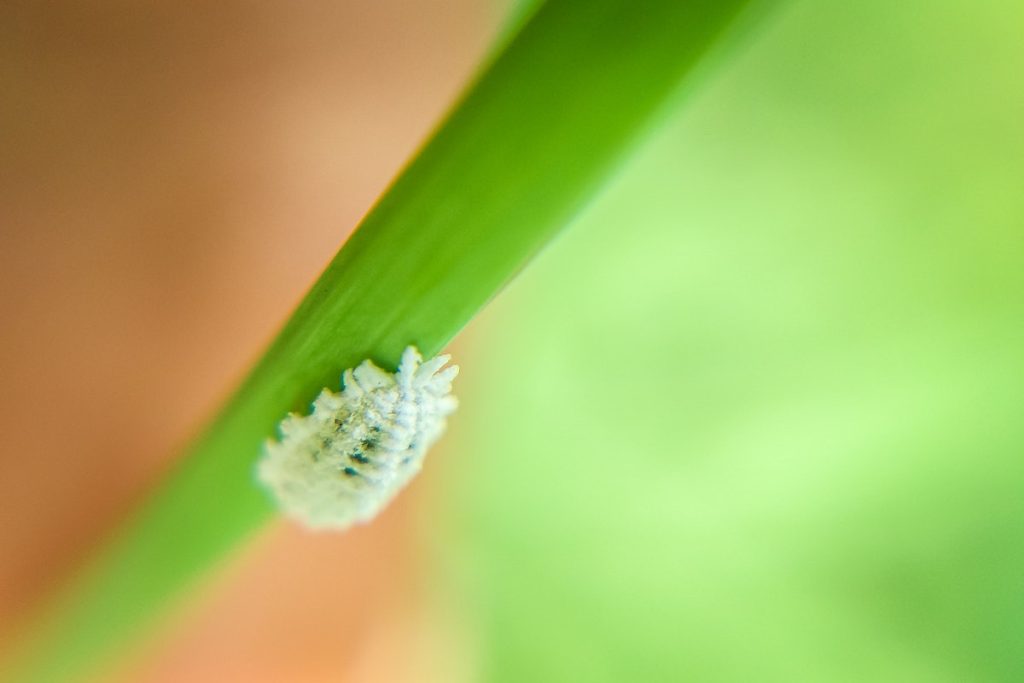The avocado fruit is green, has a big seed in the middle, and a tough, dark skin. Sometimes, the skin can be smooth like an apple, but other times, it can be rough and hard. Although it looks like a big berry, it only has one seed with two parts.
Avocado is a popular fruit with many uses, from guacamole to salads and even face masks. A growing avocado tree can make your garden look like a paradise. It can give you a bounty of delicious fruits as well. But what should you do when your avocado leaves start turning brown? When this happens, growers and home gardeners are often worried and confused. It will also help to identify the cause of why your avocado leaves are turning brown.
Why are Avocado Leaves Turning Brown?
If your avocado tree’s leaves are turning brown, don’t fret, as this is a common issue experienced by many homeowners. The good news is there are solutions available to help keep your tree healthy and robust.
Physiological Factors
There are various reasons why avocado trees may have brown leaves. A significant cause is the lack of nutrients, for instance, nitrogen or potassium. When the tree doesn’t receive enough nutrients from the soil, the leaves and branches show signs of stress.
Pest Infestation
Avocado leaves can turn brown due to pest infestations caused by insects like aphids, mealybugs, and scale insects. These pests extract sap from the plant’s stems and leaves, resulting in yellowing or brownish spots on them.
Environmental Stressors
The discoloration of avocado tree foliage can also be caused by environmental stressors such as excessive sun exposure or extreme temperatures. Inadequate watering can also result in brown patches on the leaves as the tree’s root system becomes dehydrated.
Fungi
When a plant is weak, disease-causing fungi may attack it, causing symptoms such as wilting, stunted growth, and leaf discoloration. Fungi can cause brown spots and patches on leaves or even entire leaves to decay.
All these factors can lead to avocado leaves turning brown, and it is crucial to tackle the issue immediately before it further affects the tree’s growth. With proper diagnosis and care, you can ensure your avocado tree stays healthy and lush for years.
5 Common Reasons for Avocado Leaves Turning Brown
Avocado leaves turning brown can be caused by a few different factors. Here are the five most common causes for browning leaves on an avocado tree:
Improper Watering

Avocado trees require a higher amount of water compared to several other fruit trees. Insufficient water supply can cause the leaves of your avocado tree to turn brown, particularly during hot weather. Trees release water through transpiration, a cooling process similar to human sweat. Without enough water, the avocado tree cannot regulate its temperature, resulting in brown leaves.
To identify the issue with an avocado tree, observe if the leaves have turned brown and feel dry. They may also be curled around the edges and fall off. To fix the issue with your avocado tree, assess the moisture in the soil by inserting your finger into it. Ensure that you water the tree solely when the top two to four inches of soil are dry. Overwatering can also cause issues, so be cautious not to overdo it.
To keep your tree healthy, water it deeply so the moisture reaches at least two feet below the soil surface. Check the tree frequently during hot weather to prevent it from getting too dry. The soil should be thoroughly saturated, and when you squeeze it, it should hold together and feel like a wet sponge.
To retain water, applying a layer of compost or mulch on top is recommended. This will keep the soil around your avocado tree moist for longer, reducing watering frequency. Additionally, compost and mulch provide nutrients to the soil, promoting the growth of your avocado tree. A layer of two to four inches is ideal for optimum results.
Nutrient Deficiency
Avocado tree leaves turn brown due to nutrient deficiencies like zinc, nitrogen, or iron. You can easily get a soil test from your local extension office or online retailers like Amazon to diagnose the deficiency.
To address nutrient deficiencies in your tree, adding fertilizer or organic matter like compost is recommended. There are several options available, including natural and organic fertilizers. The type of fertilizer required can be determined through the soil test results.
Fungal Infection
If you notice that the brown spots on your avocado leaves are not the same as brown leaves or tips, it could mean that the tree has a fungal disease such as scab or verticillium wilt. The type of treatment needed will depend on which specific disease affects the tree.
Insect Infestation
Avocado tree leaves may turn brown due to pest infestation. Lace bugs and grasshoppers are pests that feed on the tree leaves, leading to browning or other issues. If you notice holes in the leaves along with brown spots, it could be a sign of a pest problem.
Sunburn
While avocado tree leaves usually don’t suffer from sun scorch, they can occur in certain situations. If you have recently planted a young avocado tree and observed its leaves turning brown, it is likely due to sun scorch. This is especially possible if the tree was grown in a shady nursery and experienced shock when transplanted to a sunny location, particularly during summer. With time, the tree will adapt to being in full sun, but you may want to offer some shade until it becomes established.
If there are several days in a row with temperatures over 100 degrees, it can cause sun scorch to your tree. To avoid this problem, make sure to water your tree properly.
How to Identify Avocado Leaves Turning Brown?
If you notice brown leaves on your avocado tree, it could mean it’s in distress. To solve the problem, you need to identify the cause first. Start by inspecting the tree’s surroundings for signs of pests or diseases.
Check for Pests
Check your tree’s leaves are turning brown; it may be due to insects like aphids or mealybugs causing damage. To check for an infestation, examine both sides of every leaf for small white spots. Additionally, look for any webbing around the branches and trunk, which could indicate spider mites have moved into your tree.
Check the Soil
You can examine the soil to check if your avocado tree is healthy. Discolored patches on the topsoil might indicate root rot caused by excessive watering or inadequate drainage. Dig a few inches deep into the soil to confirm the diagnosis and observe its color and texture. Healthy roots will be white, while those affected by root rot will be dark and mushy to the touch.
Check for Fungi
To prevent the browning of avocado tree leaves due to fungal diseases, it is essential to observe yellow spots on the foliage that may indicate rust infections or mildew caused by excessive moisture in the air or soil. Additionally, if certain parts of the plant appear greener than others, this could suggest anthracnose infection, which only affects specific regions of the plant and spreads through water droplets from nearby plants.
Ensure Proper Use of Fertilizer

It is important to apply fertilizer correctly to avoid nutrient deficiencies, which can cause discoloration, stunted growth, or wilting. Applying too much nitrogen can burn foliage and result in yellowish-brown patches, while not enough potassium may cause dry edges and dull green coloring. Proper fertilization techniques should be used according to the plant’s specific needs.
Now that you’ve examined the avocado tree’s leaves closely let’s investigate possible reasons for their brown color.
10 Tips to Prevent Avocado Tree Leaves Turning Brown
Here are some practical tips to prevent avocado leaves from turning brown:
Plant in the Right Place
Make sure you select a spot with adequate sun, shelter, and good drainage. Partial shade is best, as too much sun can cause the leaves to turn yellow or brown.
Monitor the Soil Moisture
Ensure your avocado tree has enough water by checking its soil frequently for moisture. Look for patches of dryness and signs of dehydration on the leaves. If required, water the tree deeply until it is moist throughout.
Mulch
Add a layer of organic mulch or compost on top of the soil to retain moisture. This will also help keep weeds away from your tree and provide necessary nutrients.
Check for Pests

Regularly examine the leaves and branches for pests like aphids, mealybugs, and scale insects. Use insecticides or natural methods like neem oil spray to eliminate any infestations.
Prevent Fungal Infections
Fungal diseases can cause avocado leaves to turn brown. Lower the chances of infection by avoiding overhead irrigation or applying too much nitrogen-rich fertilizer. Plant your tree where it gets good air circulation and is not damp.
Protect Your Tree from Extremes of Temperature
Exposure to extreme temperatures can cause the avocado tree leaves to turn brown. To prevent this, ensure your tree is planted in an area sheltered from hot winds or direct sunlight during summer days. During winter, it should be protected with a layer of mulch over the soil surface.
Prune Your Tree
Pruning your tree regularly can help keep it healthy and reduce the chances of any problems. Pruning helps to encourage growth and remove dead or diseased branches, which could affect your tree’s health.
Control Weeds
Keep weeds away from the base of your tree as they compete with the avocado tree for water and nutrients. Pull up any weeds that appear around the trunk and apply herbicides if needed.
Keep Fertilizers in Balance
Over-fertilizing your tree can result in brown leaves or stunted growth. Make sure you use fertilizer according to the soil test recommendation and don’t exceed it. This will also prevent nutrient burn, which can lead to discoloration.
Be Vigilant
Regularly check that your tree is healthy and free of pests, diseases, and other problems. If you notice any issues, such as brown leaves or stunted growth, take action quickly to prevent it from spreading further.
With these few tips, you can reduce the chances of avocado tree leaves turning brown. Your tree will stay lush and healthy for many years with proper care and attention.
Avocado leaves turning brown can be caused by various environmental stressors, nutrient deficiencies, pests, and fungi. Identifying the cause to take action quickly before it affects the tree’s growth further is essential. You can ensure your avocado tree stays healthy for many years with proper diagnosis and care, such as adequate watering, fertilizing according to soil test results, and controlling weeds. Additionally, regular monitoring and pruning are essential in checking for any problems with your avocado tree so you can address them promptly.
